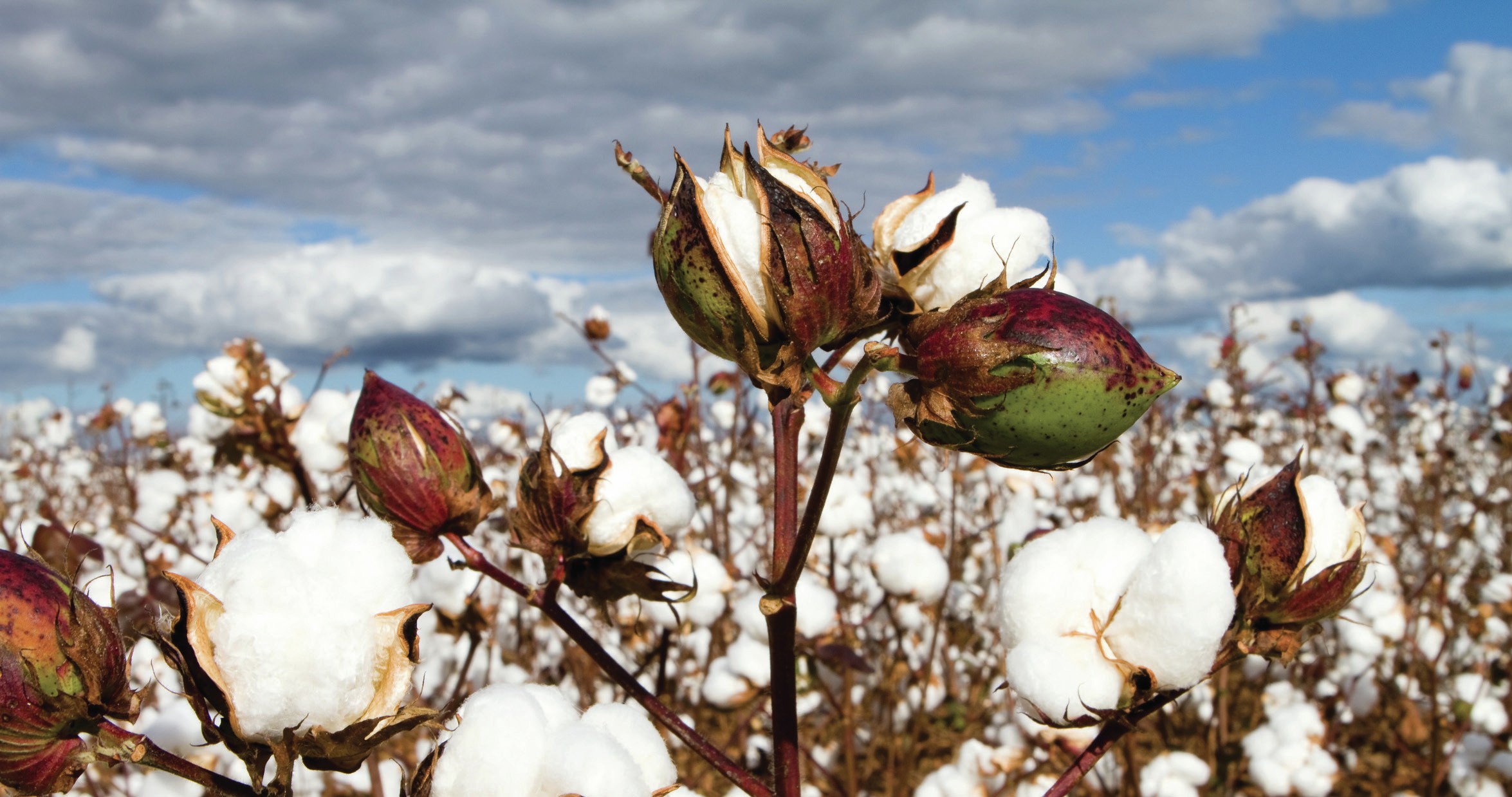
The first transgenic crop was developed in 1996. Ever since, genetically modified (GM) crops have been controversial. Opponents argue that the use of herbicideresistant crops may lead to an increase in the amount of weedkiller applied to farmland. Fears have been expressed that foreign genes from transgenic plants may enter wild plants through cross-pollination, and others are worried that food from transgenic crops may contain new allergens or toxins. Here we consider the impact of transgenic cotton on farmers, the economy and the environment.
Despite public concerns, transgenic crops are now grown in more than 25 countries worldwide. More than 45% of the world’s cotton production comes from GM seed. Box 1 describes how cotton fibres form. There are concerns that powerful global biotechnology companies may exploit the agricultural industry, which is becoming increasingly reliant on supplies of transgenic seed in order to maintain high yields. However, the development and widespread use of strains of GM cotton in India has demonstrated that such crops can have a beneficial environmental and economic impact.
Your organisation does not have access to this article.
Sign up today to give your students the edge they need to achieve their best grades with subject expertise
Subscribe




